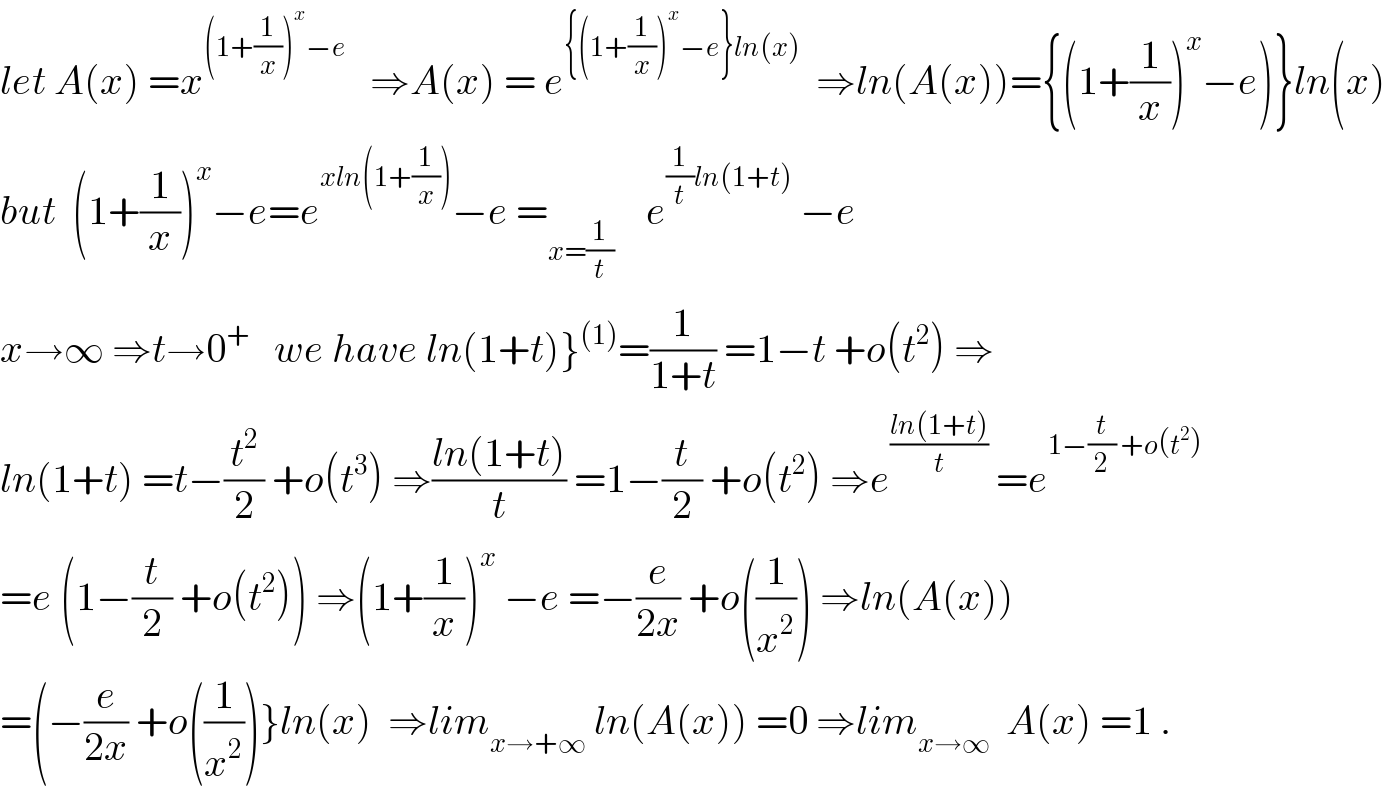
Question and Answers Forum
Question Number 58067 by mustakim420 last updated on 17/Apr/19

Commented by maxmathsup by imad last updated on 17/Apr/19

| ||
Question and Answers Forum | ||
Question Number 58067 by mustakim420 last updated on 17/Apr/19 | ||
 | ||
Commented by maxmathsup by imad last updated on 17/Apr/19 | ||
 | ||